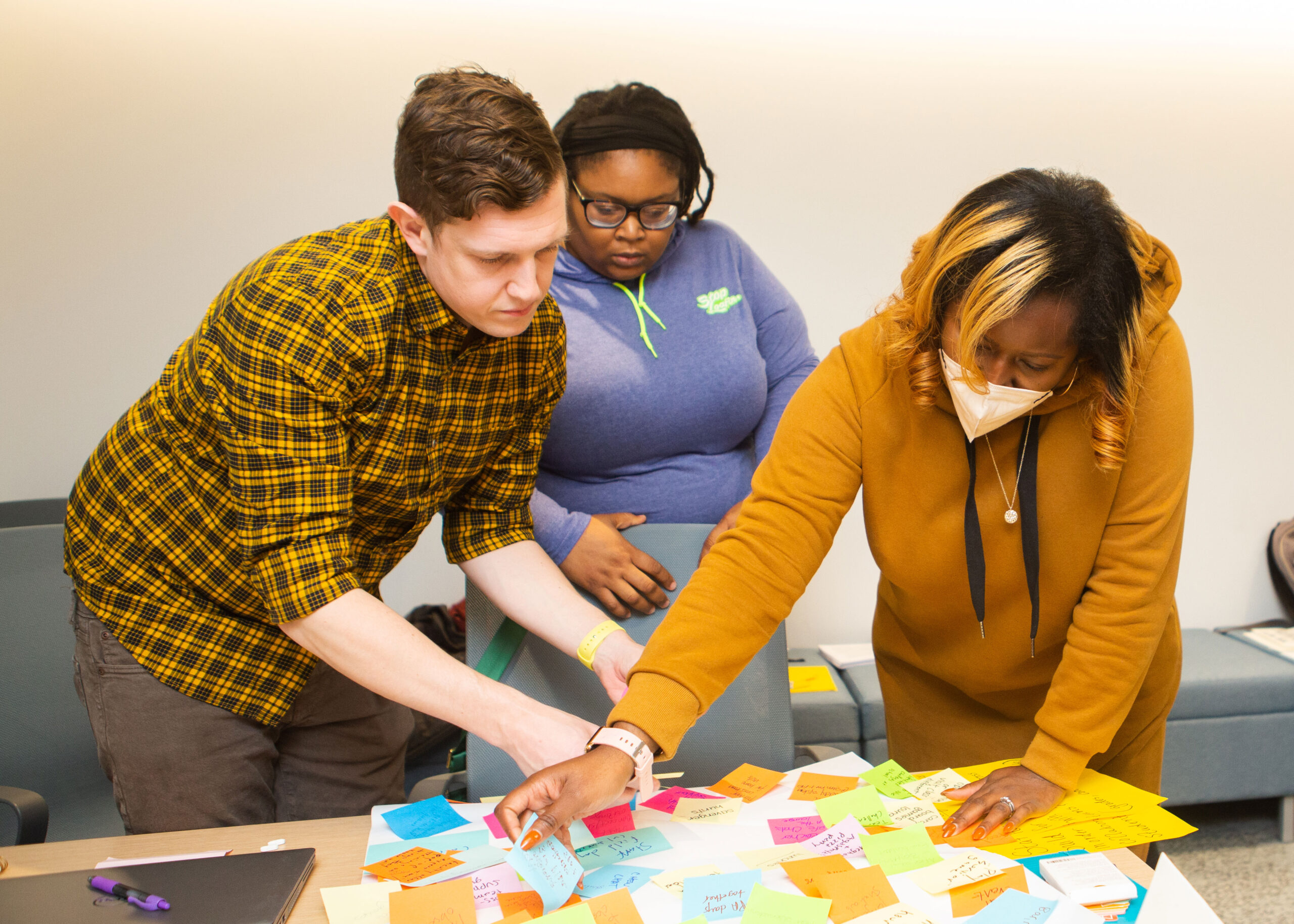
Promising Practice: CityBridge’s New Pilot Planning Tool
The CityBridge Education Program team has a new Pilot Plan and Learning Tool that we’re offering to the community. To introduce it, I’ve prepared this set of Frequently Asked Questions to help orient folks to this latest addition to our toolkit.
Wait, why did you create yet another pilot planning tool? Don’t you already have one?
It’s true! We have iterated on our pilot planning tools consistently in our Fellowship programming: here’s what we built in 2018, 2020 , 2021, and 2021 (again). Our tools are in “perpetual beta.” Based on feedback from teams in Design Studio and Design Fellowship, as well as results from their pilots and input from expert coaches, we’re constantly working to improve materials.
What’s new about this one?
In previous versions, we created detailed documents that relied on complex navigation schemes to help folks move back and forth between different parts of the planning process. Each section was full of boxes; the boxes were individually numbered. It was precise and exacting… It was also confusing!
In the new version, we’ve simplified things into six (and a half) sections. Each section includes a self-contained explanation of its purpose and the most important information necessary to plan a pilot. The intention here is to make the tool more self-contained, so that educators and social entrepreneurs can use it independently, without a CityBridge coach. We hope that it’s useful for alumni seeking micro grants!
What’s the most important part of the tool?
In the 2021-2022 school year, we tried to clarify what a strong pilot looks like by writing a rubric that set expectations for each part of the plan. Applying scores to each element of the pilot emphasized that each component—from empathy data to problem statements to learning questions—is important. But each important step in the process has to contribute to learning and reflection at the end of the pilot.
So while every step in the process is crucial, the keystone to a successful pilot, based on our work with dozens of teams over the past few years, is the reflection process, now part six in the revised tool. This is where teams push themselves to honestly consider the learning questions and hypotheses they proposed before running the pilot. How did colleagues feel about the new program? Did families attend the pop-up learning experience? Did students hit the intended learning goals in a new lesson? Was it feasible to get your idea up and running?
Each of the first five parts of the tool is a stepping stone to that reflective moment, but as we say to Fellowship teams: “a pilot only fails if you don’t learn anything.” It’s hard to know what you’ve learned if you don’t pause to reflect.
Who is this for?
Anyone who wants to start with the needs of students and stakeholders, then test a new approach. The pilot plan could help you design any number of tests, large or small. Not sure where to start? Get inspired with these templates based on pilots from teams in Design Fellowship.
What else do I need to know?
If you need help planning empathy interviews to kick off your piloting process, check out the “Building Empathy” section of our Incubator Toolkit.
